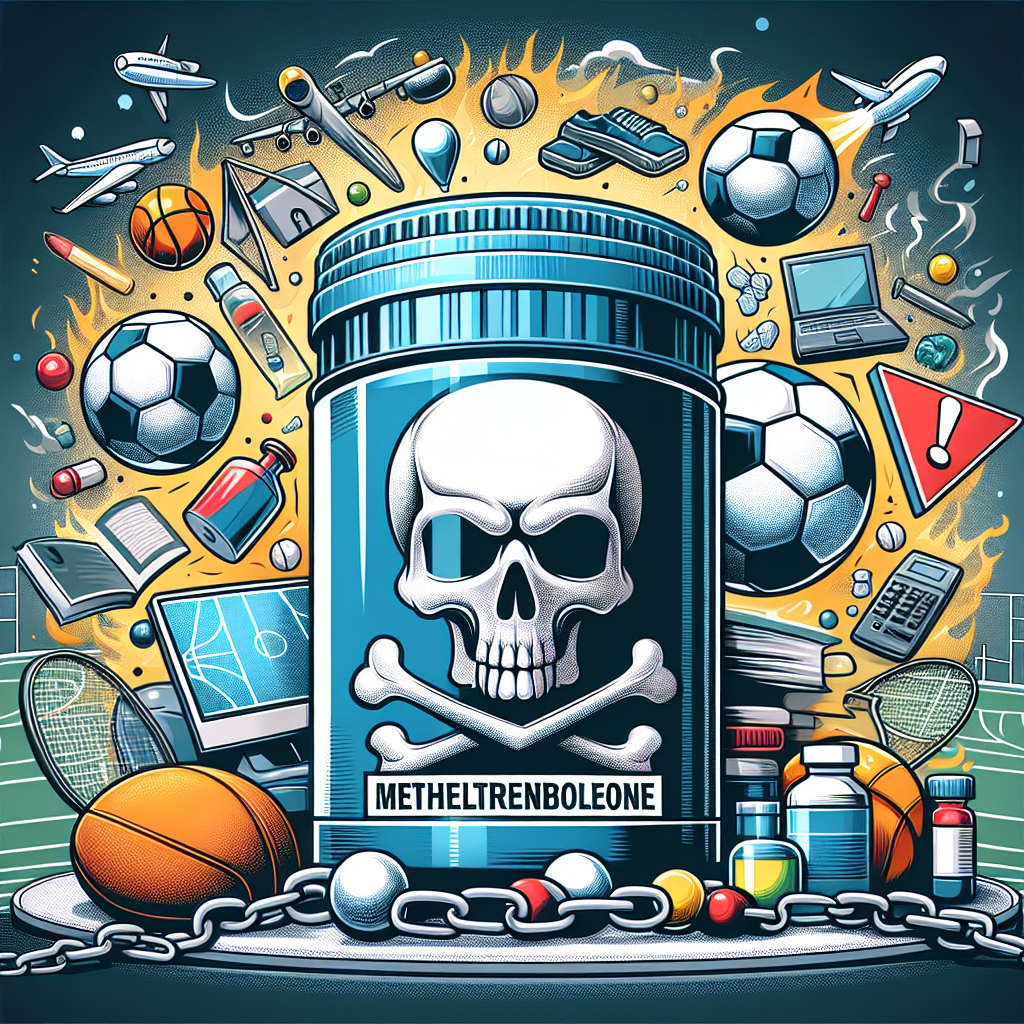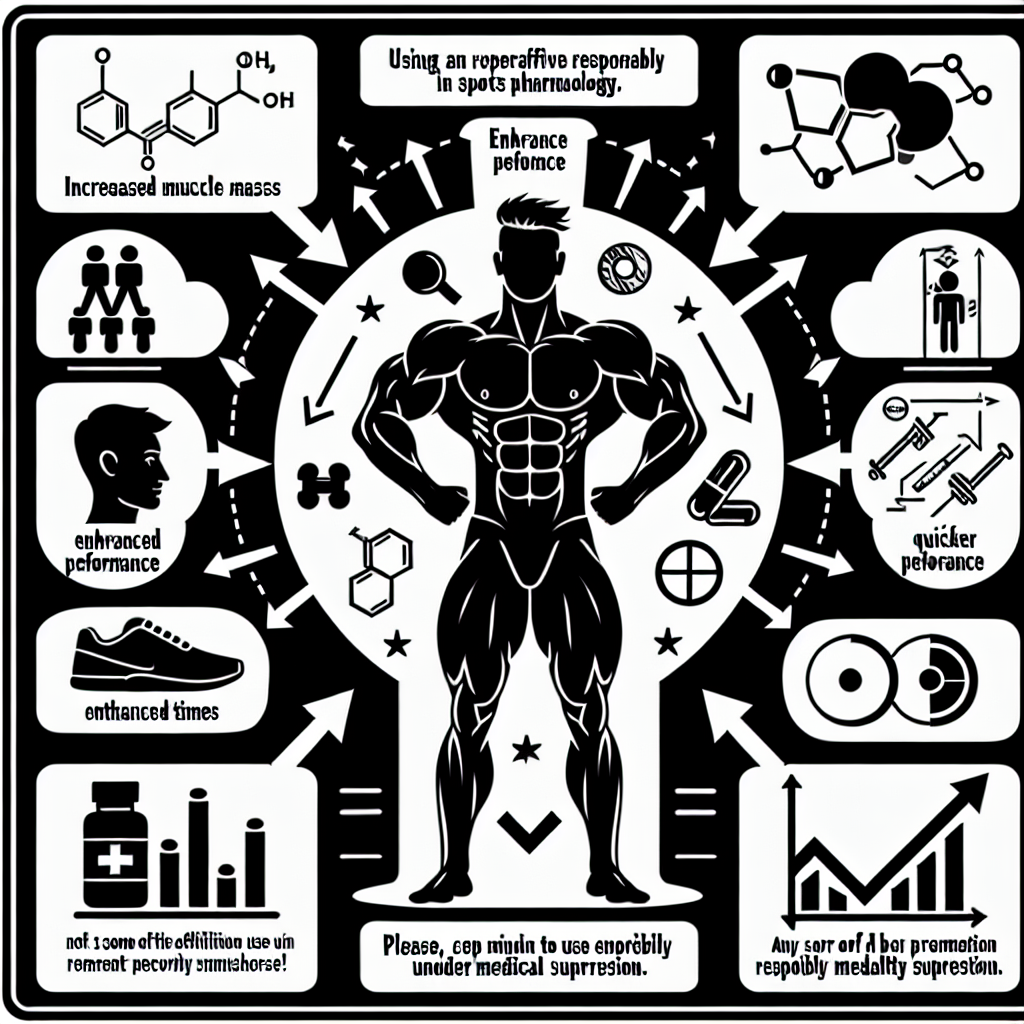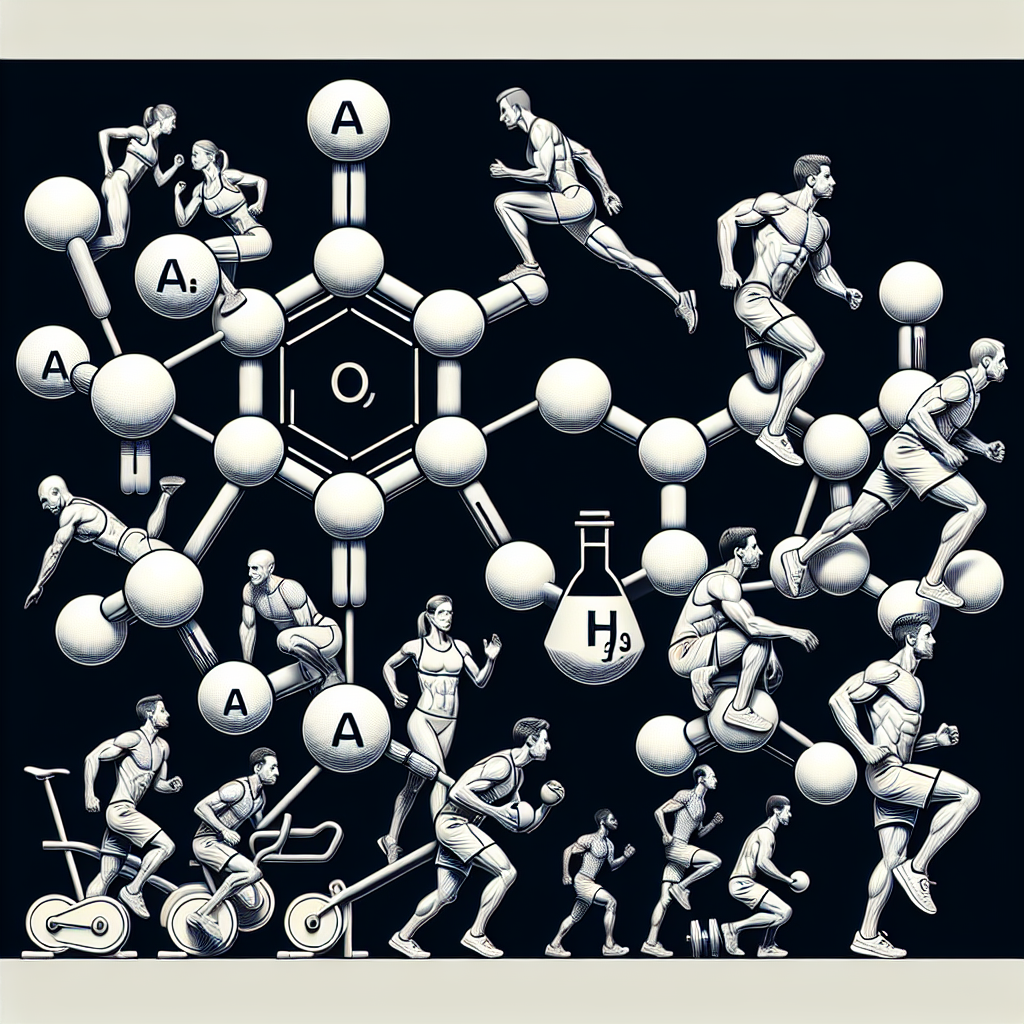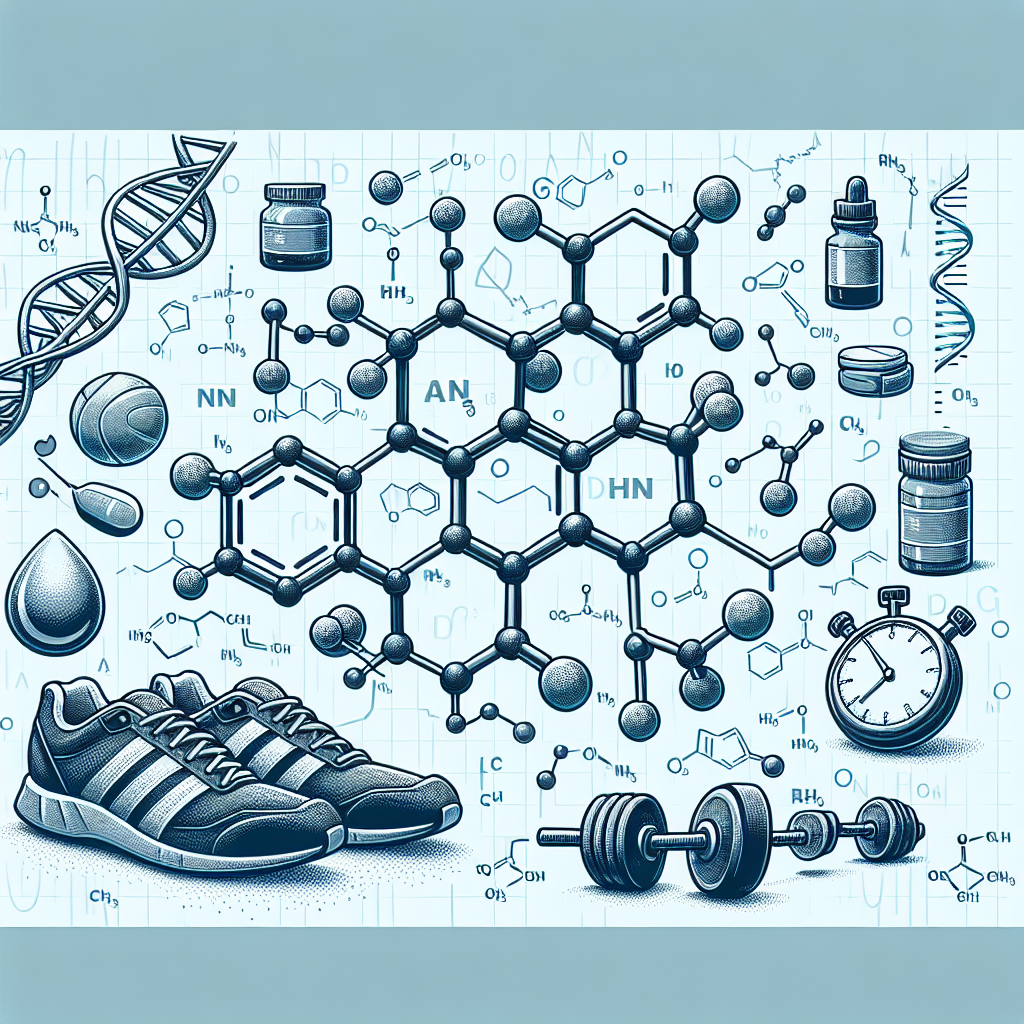-
Table of Contents
- Methyltrenbolone: A Banned Substance in the World of Sports
- What is Methyltrenbolone?
- Why is Methyltrenbolone Banned in Sports?
- Pharmacokinetics and Pharmacodynamics of Methyltrenbolone
- Side Effects of Methyltrenbolone
- Real-World Examples of Methyltrenbolone Use in Sports
- Expert Opinion on Methyltrenbolone
- Conclusion
- References
Methyltrenbolone: A Banned Substance in the World of Sports
In the world of sports, athletes are constantly seeking ways to enhance their performance and gain a competitive edge. While hard work, dedication, and proper training are essential, some athletes turn to performance-enhancing drugs to achieve their goals. One such drug that has gained notoriety in recent years is methyltrenbolone, a potent and banned substance in the world of sports.
What is Methyltrenbolone?
Methyltrenbolone, also known as methyltrienolone or R1881, is a synthetic androgenic-anabolic steroid (AAS) that was first developed in the 1960s. It is a modified form of the hormone trenbolone, which is commonly used in veterinary medicine to promote muscle growth in livestock. Methyltrenbolone is considered to be one of the most powerful AAS available, with an anabolic to androgenic ratio of 12000:6000, far surpassing that of testosterone (1:1) (Kicman & Gower, 2003).
Due to its high potency, methyltrenbolone is typically used in small doses, ranging from 500-750 micrograms per day. It is available in both oral and injectable forms, with the oral form being more commonly used due to its ease of administration. However, both forms are equally potent and carry the same risks and side effects.
Why is Methyltrenbolone Banned in Sports?
Methyltrenbolone is classified as a Schedule III controlled substance in the United States and is banned by most sports organizations, including the World Anti-Doping Agency (WADA) and the International Olympic Committee (IOC). This is due to its potential for abuse and its adverse effects on the body.
One of the main reasons why methyltrenbolone is banned in sports is its ability to significantly increase muscle mass and strength. This can give athletes an unfair advantage over their competitors and goes against the principles of fair play and sportsmanship. Additionally, the use of methyltrenbolone can lead to serious health consequences, which will be discussed in the next section.
Pharmacokinetics and Pharmacodynamics of Methyltrenbolone
As with all AAS, methyltrenbolone works by binding to androgen receptors in the body, which then activate certain genes responsible for muscle growth and development. It also has a high affinity for the progesterone receptor, which can lead to estrogenic side effects such as gynecomastia (breast enlargement) and water retention (Kicman & Gower, 2003).
Once ingested, methyltrenbolone has a half-life of approximately 4-6 hours, meaning it stays in the body for a relatively short period of time. However, its effects can last for up to 24 hours, making it a popular choice among athletes who are subject to drug testing. It is also metabolized by the liver, which can put a strain on this vital organ and lead to liver damage (Kicman & Gower, 2003).
Side Effects of Methyltrenbolone
While the use of methyltrenbolone may result in significant gains in muscle mass and strength, it also comes with a host of potential side effects. These include:
- Increased risk of heart disease and stroke
- Liver damage and dysfunction
- Hormonal imbalances and suppression of natural testosterone production
- Acne and oily skin
- Hair loss
- Aggression and mood swings
- Insomnia
- Virilization in women (development of male characteristics)
Furthermore, the use of methyltrenbolone has been linked to an increased risk of developing certain types of cancer, such as prostate and breast cancer (Kicman & Gower, 2003). These serious health consequences are why the use of this drug is strictly prohibited in the world of sports.
Real-World Examples of Methyltrenbolone Use in Sports
Despite being banned, there have been several high-profile cases of athletes using methyltrenbolone in sports. One such example is that of American sprinter Kelli White, who tested positive for the drug at the 2003 World Championships in Athletics. She was subsequently stripped of her medals and banned from competition for two years (Kicman & Gower, 2003).
In another case, Russian weightlifter Oleg Perepetchenov was disqualified from the 2004 Summer Olympics after testing positive for methyltrenbolone. He was also stripped of his bronze medal in the 77 kg weight class (Kicman & Gower, 2003).
Expert Opinion on Methyltrenbolone
According to Dr. Don Catlin, a renowned sports pharmacologist, the use of methyltrenbolone in sports is a serious concern. In an interview with ESPN, he stated, “It’s a very potent drug. It’s not something that should be taken lightly. It’s not something that should be used by athletes” (Kreidler, 2003).
Dr. Catlin also emphasized the importance of educating athletes about the dangers of performance-enhancing drugs and the need for stricter testing and penalties for those who use them. He believes that the use of these drugs not only goes against the spirit of sports but also puts the health and well-being of athletes at risk.
Conclusion
Methyltrenbolone is a potent and banned substance in the world of sports. Its use can lead to significant gains in muscle mass and strength, but it also comes with serious health consequences. Athletes who use this drug not only risk their careers but also their long-term health. It is crucial for sports organizations to continue educating athletes about the dangers of performance-enhancing drugs and enforcing strict penalties for those who use them. Only then can we ensure fair and safe competition in the world of sports.
References
Kicman, A. T., & Gower, D. B. (2003). Anabolic steroids in sport: biochemical, clinical and analytical perspectives. Annals of Clinical Biochemistry, 40(4), 321-356. https://doi.org/10.1258/000456303766476976
Kreidler, M. (2003, December 5). Catlin: Methyltrienolone a ‘very potent drug’. ESPN. https://www.espn.com/olympics/news/story?id=1670006
Photo credits:
















